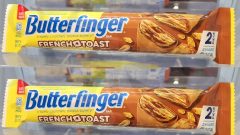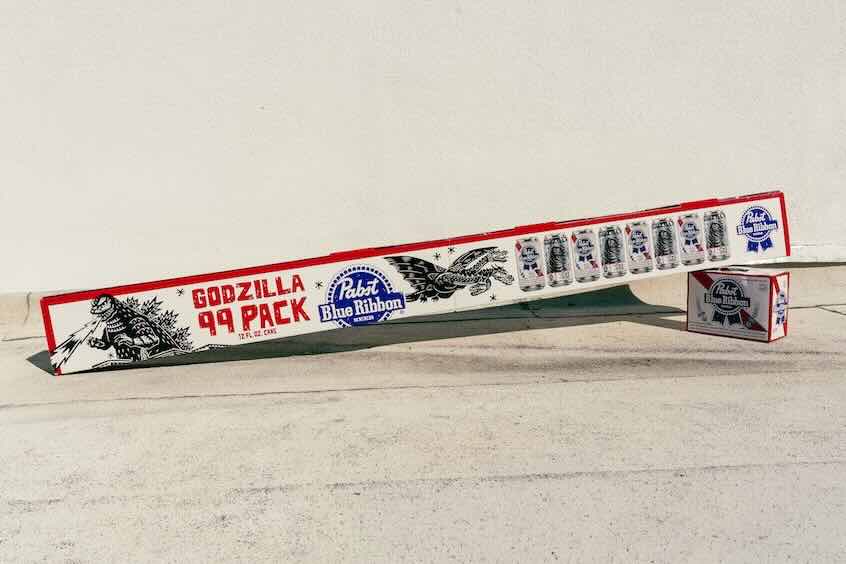Are Food Deserts Causing The Decline Of Home Cooking In The US?

“See in my hood, there ain’t really much to eat. Popeye’s on the corner, McDonald’s right across the street.”
The above is a line from “Grow Food,” a 2016 viral song featuring kids rapping about urban farming. Since hearing about them and sharing their story, this quote has stuck with me, especially when it comes to the conversation of food security. Having just fast food around creates the prospect of cooking at home less likely, where you can control nutrition, portion size, and price.
We hear about that when it comes to food deserts, or areas of the country where there are little to no grocery options around. But a recent infographic from Porch may showcase just how little home cooking occurs in those areas.

Photo courtesy of Porch
Above is data on the states whose populations talk the most about home cooking on social media (in this case, Instagram). Based on hashtags gathered, the three states where dinner at home is more common are New York, Hawaii, and California. Of course, these are also three of the states with the highest costs of living, as Porch notes in their piece featuring this infographic.
That got me thinking: Why are people in areas with a lower cost of living cooking at home less?
The belief has always been that home cooking is lighter on the family budget than eating out. However, there are countless editorials online arguing for both sides, with one Business Insider article suggesting that rising grocery prices and a lack of preparation time lead to more dinners from restaurants.
The grocery prices argument makes sense to me, but a lack of prep time would seem to affect the more time-rushed communities of places like New York and California. And yet, they lead the way in terms of those talking about home cooking on social media.
Perhaps, the proportion of people who home cook isn’t related to income at all. Perhaps it’s food access, or a lack thereof, that plays more of a key factor.
To see if this was the case, let’s refer to the USDA’s Food Desert Atlas. You can view screenshots of this map, which shows food deserts in the contiguous US, Alaska, and Hawaii, below. A legend is on the first image to show what the different colors mean, “LI” standing for low income and “LA” for low access.



Food deserts might be larger in size in California, but there are much fewer of them than in regions like the Southern US. In fact, California, New York, and Hawaii have fewer food deserts, while areas where home cooking was talked about less often had significantly more food deserts.
Here’s an enhanced look of the South for a clearer picture.

You can barely drive anywhere in some states without finding yourself in a food desert. Alabama and Mississippi, for example, are nearly entirely covered on the above map and had the third and fourth-lowest available data on home cooking.
Combining the Food Desert Atlas information with Porch’s infographic presents an interesting scenario. Because food access is generally lower in places with a lower cost of living, it makes sense that there are fewer food deserts in California and New York. Factoring in the social media data suggests that regular home cooking, once the standard across the US, is relegated to areas with less food deserts.
This makes sense, considering that in food deserts, your most common option for dinner is likely going to be from a fast food chain, restaurant, or from cheap, nutrient-dense foods that are likely higher in calories than a homemade meal. But does an increased concentration of food deserts in a region really mean that people there are cooking at home less?
Perhaps, though there are some flaws in the data that challenge this argument. Porch’s data, while it is per capita, may not reflect the fact that people outside of California, New York, and Hawaii simply use social media less often. There’s also the fact that both North and South Dakota, the two states where home cooking hashtags were uncovered the least, have relatively few food deserts.
The presence of food deserts may even have nothing to do with homemade meals. If families in these areas are growing food at home, then the need for grocery stores and retailers nearby is moot. That could explain the correlation with the Dakotas, but low food literacy and the modern consumer’s disconnection from our farms suggest that this may not be the case either.
So does food desert frequency really correlate to less home cooking? To answer this question, we need to look and see what’s physically going on in concentrated areas on the USDA’s map, not just on social media. Is home cooking more prevalent than Porch’s data says it is in food desert areas, or is it really all about Popeyes and McDonald’s, like it was for the kids in the viral rap?
If we’re seeing spots of the country classified as food deserts really cooking at home less, it would signify a glaring trend for the world’s largest exporter of food. How could a country instrumental in feeding the rest of the world be unable to provide enough fresh produce and groceries for its own people? How have we gotten to a point where families have to rely on calorie-rich, heavy portions from restaurants, rather than their own nutritional knowhow and culinary skills?
It’s a discussion worth having as the issue of food deserts continues to gain more attention.






















